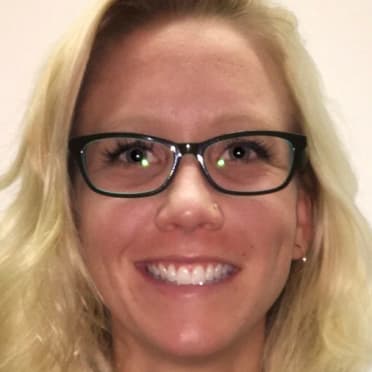It’s the best second home anyone could have hoped for.
For a second straight year, the Blue Jays are at the disadvantage of not being able to start the regular season on their home turf in Toronto. But in Dunedin, Fla. -- their Spring Training home, the domain of their Low-A affiliate, and where they’ll have their home-away-from-home opener this year -- the Blue Jays are in a great place right now. Literally.
After two years and nearly $100 million, Toronto unveiled its brand-new player development complex on Thursday, a transition from a subpar facility to what president and CEO Mark Shapiro called “the best complex in all of Major League Baseball” in October. During the Blue Jays’ virtual unveiling, Shapiro lauded it as a facility “that can help directly contribute to bringing World Series championships back to Canada.”
From the outside, the main building of the complex bears some resemblance to a castle, a vast brick and stone palace that makes the transformation from any medieval comparisons to the space age once through its doors. The outdoor space is home to six full fields, two half fields, 20 mounds, 12 covered batting cages, a covered turf practice field, and a speed hill, all impressive enough to amount to what Shapiro and his staff labeled as multiple awe-inspiring moments they had throughout construction and the reveal.
Inside, a massive expansion from the facility’s previous footprint grants innumerable capabilities for research and player development. In addition to three sport science labs for applied research, movement and pitching, there is an indoor/outdoor weight room spanning two floors, a hydrotherapy room with a custom-depth pool, three discipline work rooms, an on-site barber shop, expansive kitchen and dining rooms, and three Minor League locker rooms as well as the Major League clubhouse.
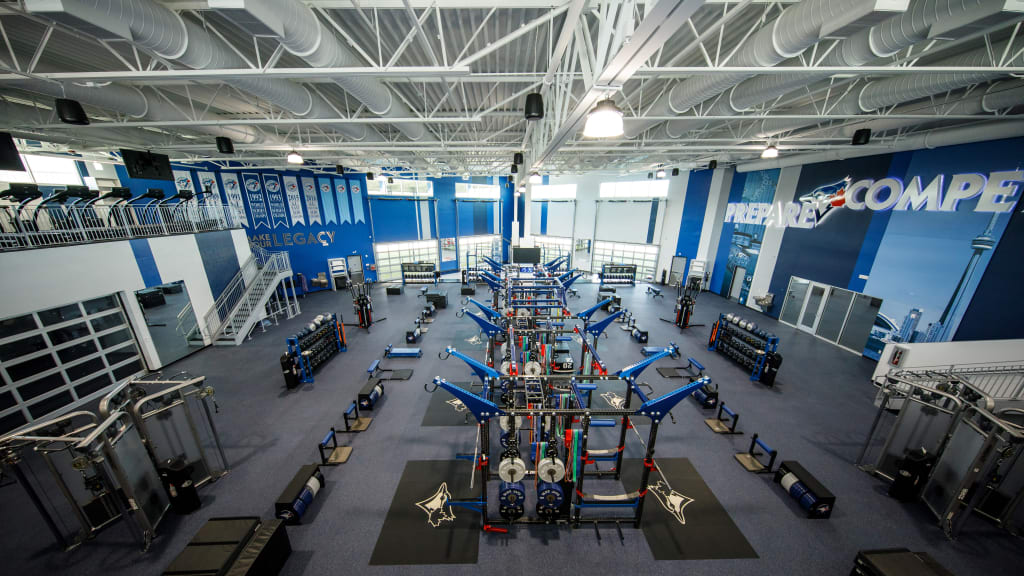
Not only could Toronto’s extended stay in the Sunshine State prove fortuitous in the prolonged opportunity for players and staff to take advantage of the possibilities, but the additional space has allowed incredible ease for the team to execute the league’s current pandemic protocols.
The roots of the revamped facility are numerous -- the team looked at the University of Michigan for turf, the Minnesota Vikings and Dallas Cowboys for dining, shared discussions with the San Antonio Spurs and more -- but at least part of the information pipeline can be traced back to a couple of schools to which the Blue Jays have strong ties, Vanderbilt and Wake Forest.
Former Toronto scout John Hendricks is now the pitching coach at Wake Forest, and he’s been able to use some of baseball’s best technological and biomechanical resources since the Demon Deacons’ state-of-the-art lab became fully operational two years ago. He’s learned how to use the equipment, interpret the data, relay it to players, and how to make it work for the team. So as the Toronto staff journeyed back to school for an early education in what was about to become available in Dunedin, Hendricks was one of the many resources the Blue Jays utilized.
“It’s a little like space exploration,” Wake Forest’s pitching coach said. “We’re learning something new daily, weekly, monthly. What we’re able to do with it, the success we can have; exponentially it will grow. … It’s such new technology and we’re one of the only colleges right now with a motion capture lab that’s a part of the baseball facility, with a full-time biomechanist. So every day is a chance for us to break new ground and learn things and figure out training methods for how to improve.”
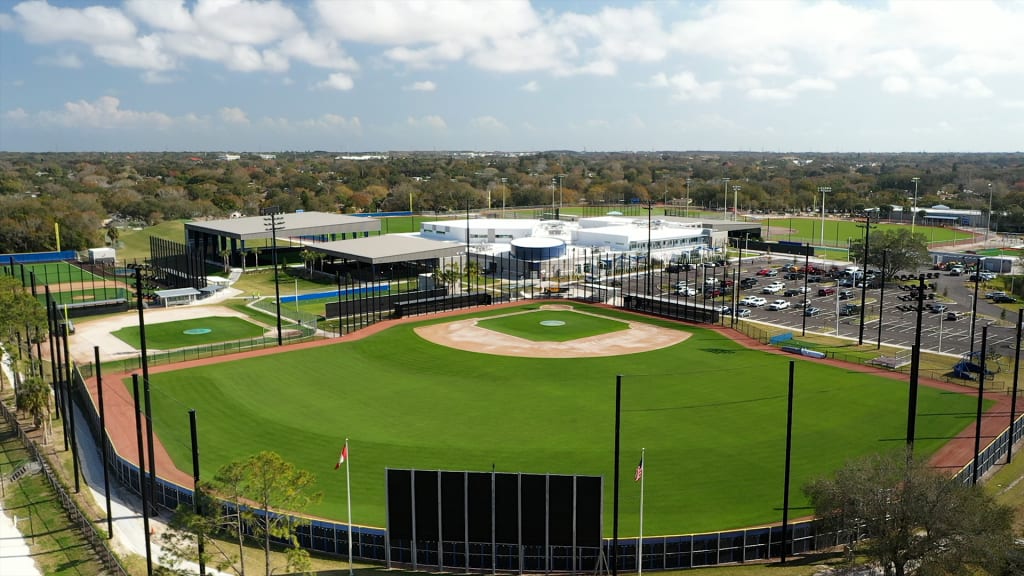
Insight from the Commodores
When Matt Buschmann, Toronto’s bullpen coach and director of pitching development, was a Vandy Boy a decade-and-a-half ago, the Commodores certainly didn’t have the resources they do now. But living near the school through his offseasons as a professional player, he got to see the progression firsthand. Since making Nashville his home in 2017, when he’s not with the Blue Jays, Buschmann spends three days a week in the weight room at Vanderbilt, picking up on as much as possible during his visits.
“They added Edgertronic cameras, Rapsodo, and they’re putting more and more in,” Buschmann said last year. “It’s probably not as built out as Wake Forest, but it’s got every tech you would see with a Major League team. [Last] offseason they put a ground force plate mound in their lab, so I got to see that up front, which was cool. But from learning and talking to various people the last few years, I’ve gotten an understanding of how you can use the technology.”
Gil Kim, Toronto’s director of player development, overlapped with Buschmann in his time at Vanderbilt. Though he acknowledges the Blue Jays didn’t limit the search for knowledge and insight for their complex, he believes it has been easier to understand the possibilities after witnessing the evolution of what Vanderbilt has done for its players.
“It’s amazing to think of the advances in technology and resources in recent years,” Kim said. “We’ve been fortunate enough to have been able to visit Vanderbilt, Wake Forest, to have people from Duke, to have visited Cressey [Sports Performance] and Driveline and some of the premier facilities. It all helps add input and offer suggestions as to the best way to do this and we’re excited.
“Having a lab at our facility will allow us to make our players better. Traditionally we had to outsource those things, send players to other places, and now we’ll be able to get objective data and more precise, accurate feedback toward their movement patterns, deliveries, swing mechanics, and in the comfort of our facility.”
Added Scott Brown, Vanderbilt’s pitching coach and assistant head coach: “Those guys are around frequently, being alums of the program and they’ve been here in the offseason and looked around. [The] questions from the Blue Jays were how to implement this in the season, what are you using this for, how are you using this? … It was about looking at a setup and how to manufacture and magnify a setup to use it to the best of their ability.”
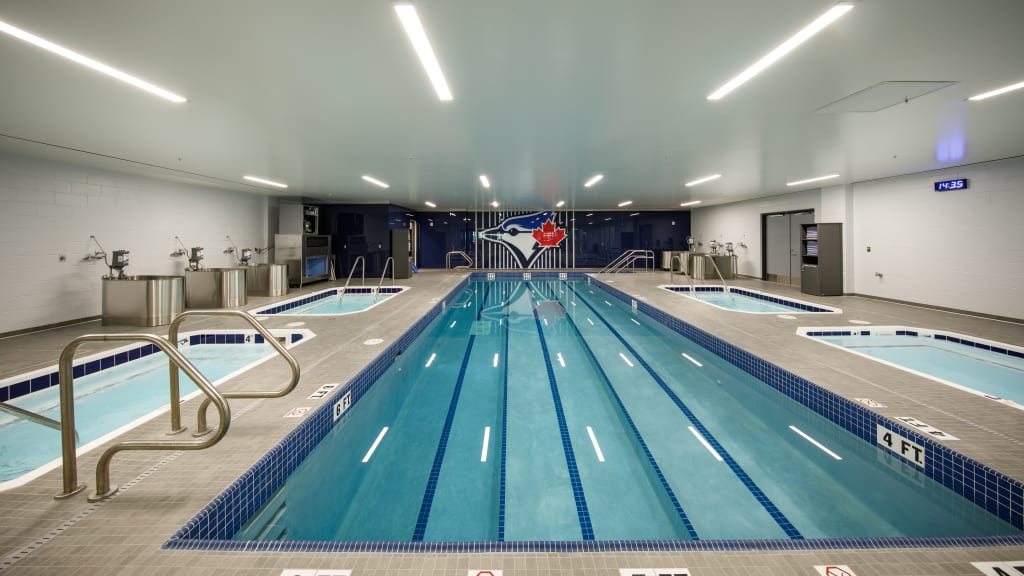
Much ado about something special
Amalgamating the top resources available in a one-stop shop in Dunedin is an advantage to the players and staff for ease of use, but it places the burden of understanding and interpreting all of the incoming information on the people the Blue Jays have in-house.
“It’s one thing to have all of it; it’s another thing to actually use it to help players get better, and that’s the next step,” Buschmann said. “We can have all this information but if we’re not actually applying it to adjusting programming or adjusting player plans to help them develop in a certain way, then it’s worth nothing.”
At Wake Forest, Hendricks and his staff are constantly using their incoming data to adjust their player plans, and he’s seen consistent incremental improvements. Each time one of his pitchers goes through a motion capture exercise, the coach will sit down with the team’s biomechanist and lab coordinator to go through the reported data before sitting down with his hurler to share the updated information.
“It’s a growing experience for each pitcher,” Hendricks said. “Each one of our pitchers knows what it is that he physically needs to be working on to move better; to have a better delivery. And all the training that we do every day is to work on that. Then we go back every four or five or six weeks and we motion capture again to see where we’re at.”

At Vanderbilt, Brown finds the most tangible results from the data are able to help him and his players with injury prevention, as well as diving into pitcher deliveries further. The Commodores' staff will focus in the fall and the offseason on understanding and correcting movement patterns and mechanics. Throughout the entire year, pitchers focus on their deceleration patterns, aiding in the maintenance of health.
“We’ve also used the ground-sensor mound to show guys how to throw their breaking pitches with more consistency, by virtue of using their lower half in the same capacity as the fastball,” Brown said. “You get immediate feedback with the system from a data standpoint [and] it shortens the learning curve for the player. It’s about creating an environment where you can help the player develop, help them get a better understanding of what they’re trying to do and what they’re trying to accomplish, and create a good, quick picture for them of feedback.”
There’s only one real concern among the advantages offered by the advancements the colleges have seen, and it might be too much information. While many players have become accustomed to a multitude of data streams, there is a danger of overthinking.
“That can happen very easily,” said Brown, who believes that if it does happen, the onus is on the coach to return his player to a focused mindset. “That’s one of the things we talk about -- what are you chasing? Are you chasing a number? Are you chasing results? If a guy thinks he has a really good understanding of his stuff, and all of a sudden, he’s got his head buried deep into a Rapsodo in a training session, where a guy on his left might just be working on execution and command and he’s got himself into compete mode, it can lead to some overthinking in a game. If we get to that mode inside competition, we’re probably going to be in trouble.”
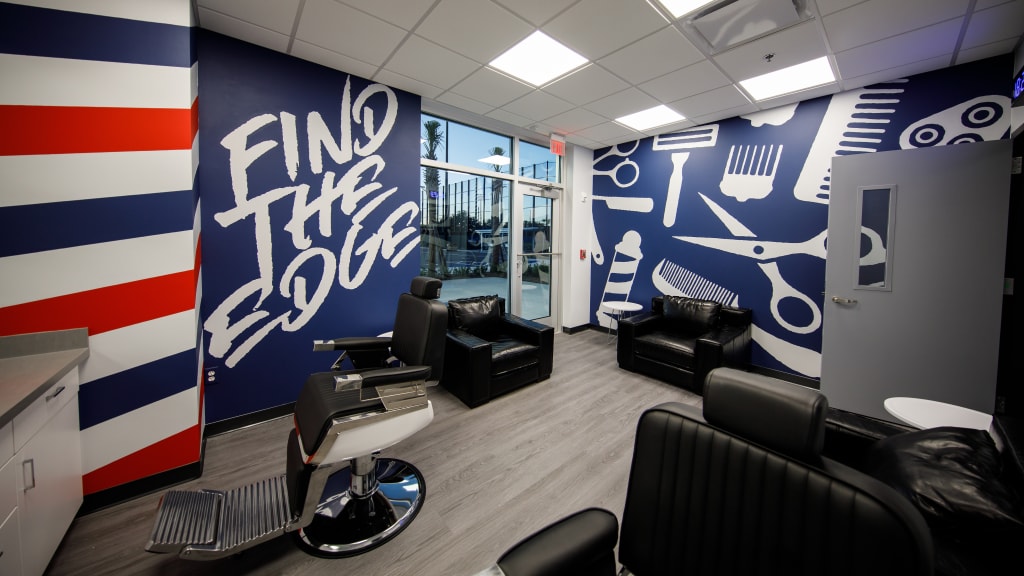
Giving it the old college try
Before Hendricks joined the coaching staff at Wake Forest in December 2018, he spent a decade scouting for the Mets and the Blue Jays. Toronto offered him his first job in the game, and he left his mark as the scout who signed Marcus Stroman. The Deacons’ lab opened about a month into Hendricks’ tenure.
He’s seen how having a full-time biomechanist on the staff, along with the school’s partnership with Wake Forest Baptist Health, has benefited the team and its research capabilities, reasons he believes might explain why college programs have seemingly been ahead of pro teams in this arena. But he’s been happy to help them try to catch up.
“It’s a little different when you have schools like ours and Vanderbilt that are already in partnerships with local research hospitals,” Hendricks said. “I also think we have to develop pitchers on a faster timeline and our margin for patience for how long we can wait for a high school pitcher to turn into a guy who’s a dude for us, who can go out there and win championships, it’s a lot shorter window.
“But the Blue Jays are rebuilding their plan and philosophy on how to build pitchers. What you’re going to see is fewer pitchers fall by the wayside [and] it’s going to help slow down arm injuries that take away a lot of time from young prospects. It’s going to help older guys bounce back from injuries and we’re going to have guys throwing harder and throwing healthier, more often.”
Ross Atkins, Toronto’s general manager, was at Wake Forest in the mid-'90s with nothing like what the school is offering its players today. When he returned to North Carolina to visit last offseason he wanted to see what the program was doing, ask a lot of questions, and he aimed to understand the way they were using the incoming information.
“We’re always trying to learn and feel that there are opportunities across baseball to do that,” Atkins said. “The amateur world and college baseball have done a phenomenal job of tapping into the advanced resources available. So we hear good things about what’s occurring in different places and we want to learn more. The pitching lab they’ve developed, they’ve tapped into their biomechanist at Bowman Gray, and they’ve tapped into really experienced baseball people and they’re using all the resources and data seemingly very well. Everyone does it a little bit differently, so we’re trying to learn.”
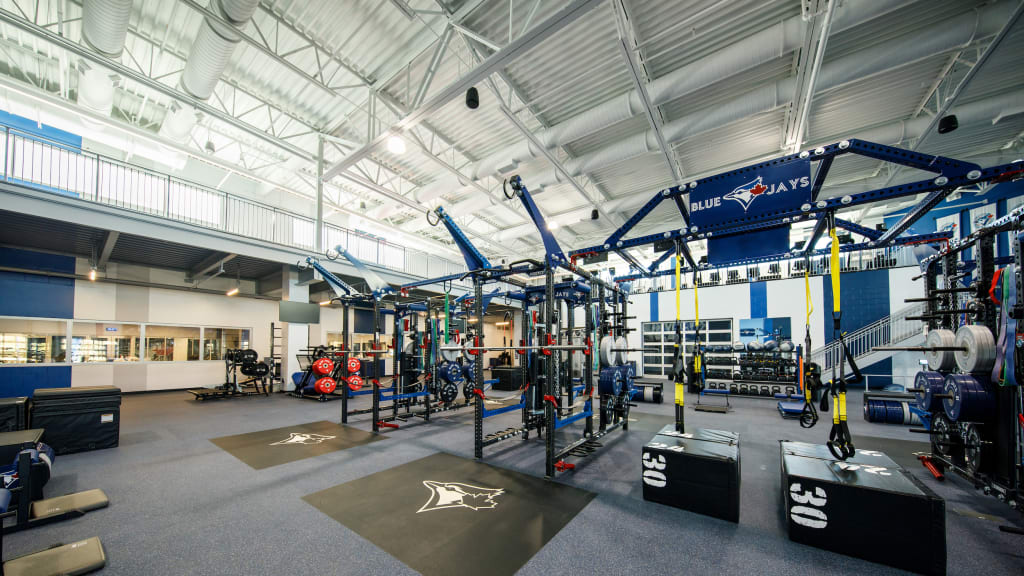
Adam Yudelman, coordinator of baseball research for the Blue Jays, wasn’t involved with the baseball team when he attended Wake Forest, but has used his connections there to continue learning about their facility upgrades and the information they provide, cutting the learning curve for Toronto.
“Several players and staff went [early in 2020] so having those relationships have allowed us to get exposure to the lab,” Yudelman said. “Hopefully we’ve been able to see what they do well, what we think we can steal, in a sense, to make our lab as good as possible.”
Added Kim: “When we’re visiting facilities, it’s all about asking questions and finding out what were the roadblocks, what worked well, what maybe could be working better. It really helps to be able to learn as much as you can about other places because they have already gone through things that we will for sure go through as well.”
For the Blue Jays, the learning will continue with the complex now completely open to its players and staff. It is a shiny new toy, and they are more than eager to see what they can do with it.
“It’s exciting,” Shapiro said. “From every standpoint, from what it will mean to us in building a winning environment and culture, great teammates, to taking advantage of technology and the resources and creating a best-in-class environment for our players to train and to prepare for championships. It’s pretty special.”
As Hendricks put it: “The Blue Jays are in a great place right now.”
